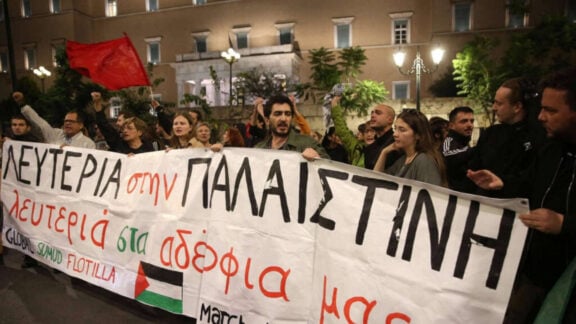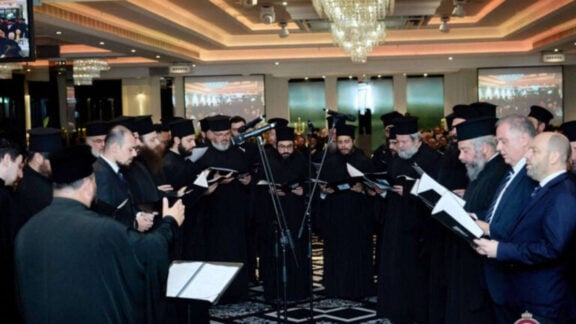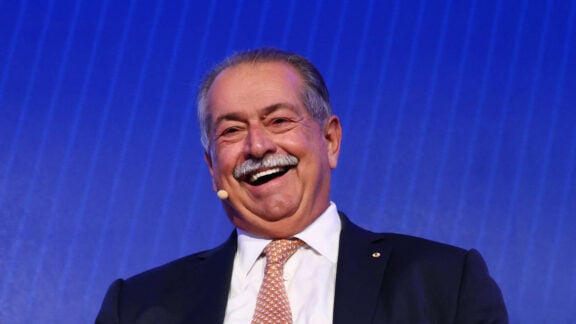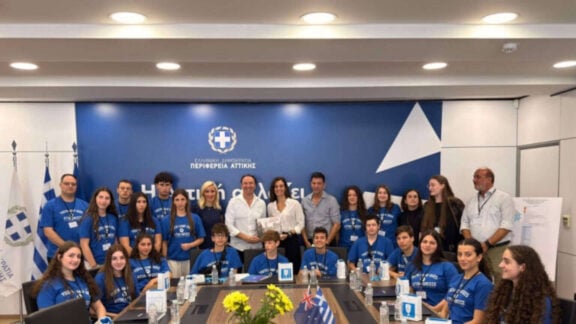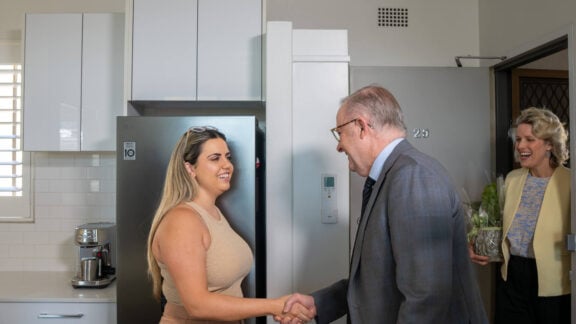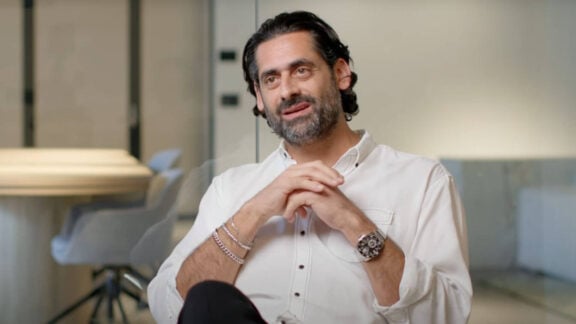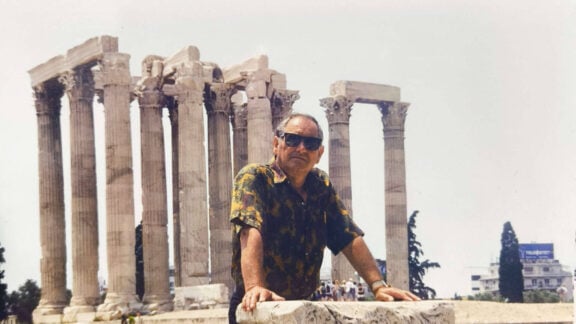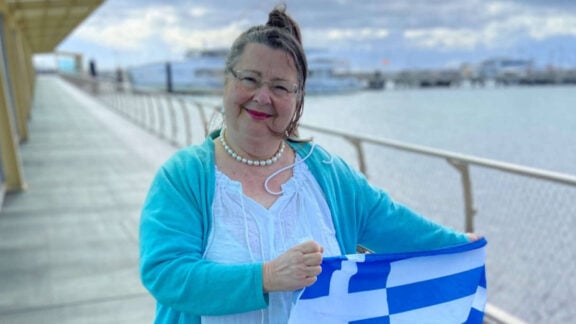The referendum for an Aboriginal Voice to Parliament failed; nationally, Yes for the Voice garnered 40 per cent of the vote, while the No secured a clear majority of 60 per cent.
For those who voted Yes, it is a sad outcome, and it is difficult to muster the energy and spirit to continue to seek change, but we must. It is undoubtedly painful for Aboriginal people who supported the Voice to Parliament.
A tale of two cities
Inner-city suburbs, such as those held once by the Liberals like Sydney’s Mackellar, now owned by the Teals, and Melbourne’s blue-ribbon Hawthorn, voted Yes.
The further out one goes, the less likely those living in those burbs to vote Yes. This voting pattern was similar to the marriage equality survey (not a referendum); multicultural Western Sydney was no to marriage equality and now no to a Voice in parliament.
Predictions by pollster Kosmos Samaras from RedBridge came true: the more educated, the more affluent, inner city and inner metropolitan seats voted Yes, while outer suburbs, rusted on Labor seats, those with less wealth and more diversity voted No.
As his colleague Tony Barry from RedBridge said on ABC TV: “If you want to win a campaign proposing significant social reform, that pathway, that road, needs to go through not Smith Street, Collingwood but Smith Street, Melton in its scope, through Penrith and not Balmain.”
The federal Coalition is even more divorced from its traditional Liberal seats. While it can wedge voters in Labor seats on cultural issues, they are unlikely to vote for the Coalition on socio-economic issues.
When pursuing a progressive social reform agenda, Labor must end its love affair with inner city ‘woke’ politics. It can do so without alienating its base, which it does now increasingly.
It begins as a one-legged race
Prime minister Anthony Albanese promised a referendum on the Voice to Parliament, and he met his promise. However, a proposition for change in a Referendum not supported by all major parties, government, and opposition tends to fail.
Buoyed by Labor’s federal electoral victory, Mr Albanese rushed to announce a Referendum on the Voice when it may have been better to develop a process by which all parties, particularly the Coalition, could be drawn into it and not go to the polls unless the Voice proposal was supported across parliament.
Even though the idea for constitutional recognition (if not a Voice to Parliament) was by the former conservative prime minister John Howard, the Coalition led by Peter Dutton walked away. From then on, it became impossible to stop the debate from becoming political.
Yes, campaign forgets 40 per cent of Australians
Until the final stages of the Yes campaign, it all seemed like a debate between educated Aboriginal elites and ‘white’ Anglo elites. Ads for the Yes campaign began to appear in ethnic media in the last weeks of the campaign, too late and too little.
Immigrant Australians do not feel responsible for British colonial policies, regardless of their media and leaders’ empathy for Aboriginal issues. Narratives of fighting the challenges of racism and structural inequality by pulling themselves up by their bootstraps became a point of contention in the referendum.
The other narrative the Yes campaign failed to respond to was one oft-heard view from immigrant communities: ‘Why a special Voice for Aboriginals and not us? We are all citizens, are we not?’ of course, there are many good answers, but they still need to be laid out. Warren Mundine, the Aboriginal leader for the No case, understood that and was the first to ask, “What about immigrant Australians?” He knew that not all Australians live in Surry Hills, Hawthorn and watch the ABC or SBS TV.
If Yes campaigners had engaged purposefully with multicultural communities from the start, there may have been a different outcome.
Division in Aboriginal leadership
It is difficult to prosecute a case for the Yes position if three leading Aboriginal voices are leading the No side. Jacinta Yangapi Nampijinpa Price and Warren Mundine, were loud and influential in the No camp. The former Greens, now Independent, Senator Lidia Thorpe from the more radical left, also rejected the Yes, and instead called for a treaty.
It was difficult to sustain the case for the Yes position when the average Australians, and more importantly, the immigrant Australians, see Aboriginal leaders divided on the Voice.
For the Yes case, Noel Pearson was best at laying out the argument for a constitutional voice. Still, his involvement, particularly in engaging with multicultural communities came too late.
As all know, division and the perception of division do little to harness support for a cause.
Empathy, but not constitutional change
RedBridge and other researchers showed that most No voters were overwhelmingly empathetic to Aboriginal people and recognised that reconciliation is essential, as is closing the gap.
For a minority, there was cultural anxiety and racism; for most, it was a reaction to change.
Changing the constitution was different from what they wanted. The irony is that constitutions can change, particularly one as ill-equipped as ours to deal with modern Australia.
A constitution that does not recognise the Prime Minister and has the King of Britain as our head of state. Regardless, 60 per cent of all Australians did not want constitutional alteration.
Hope and the future
Those of us in the Yes camp need to accept the democratic process and the result. Second, avoid shrill announcements about Australians being racist.
All nations have a taint of racism, and from most other countries, Australia is one of the least racist.
There is a far greater acceptance of diversity here than in Greece, Italy, France, most of Europe, the Middle East, Africa and Asia. We have, on the whole, done well over the last 70-odd years to become a multicultural nation.
The hope is that for the first time in 100 years, we all became involved in a conversation with and about First Nations Australians, which needs to continue.
It is clear, especially among immigrant communities, that we must build awareness of Aboriginal history and cultures.
Part of the Uluru statement called on truth-telling, so it is essential to begin a process of truth-telling and not only one that engages middle-class, educated elites but one that engages all Australians.
Let’s take this opportunity to extend the conversation that began across Australia and all communities.

